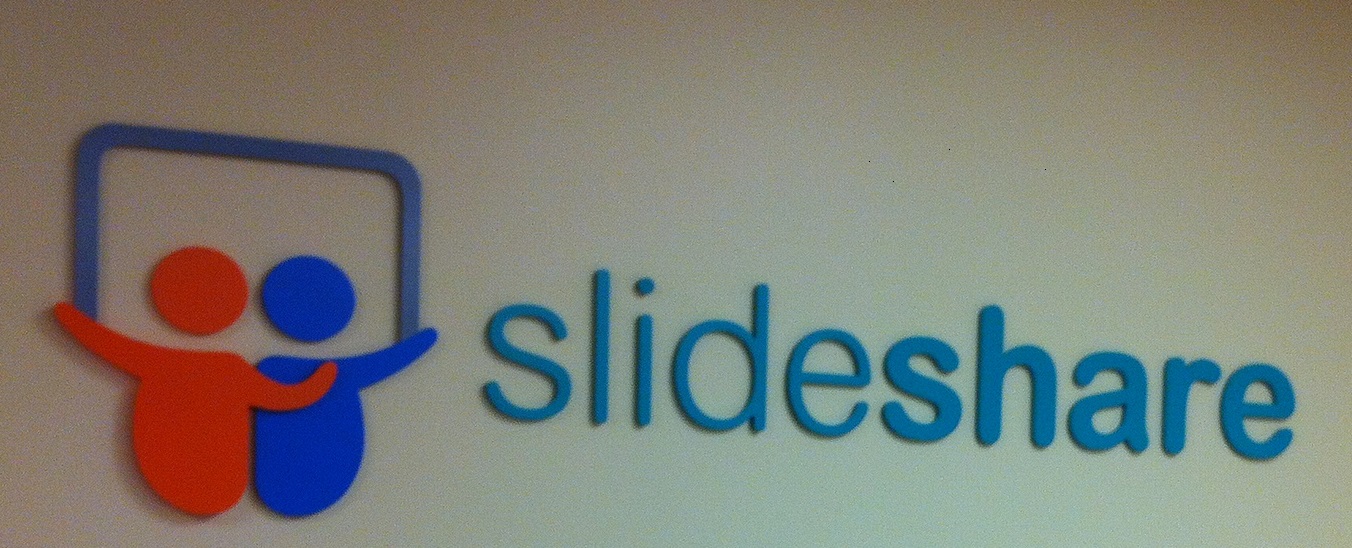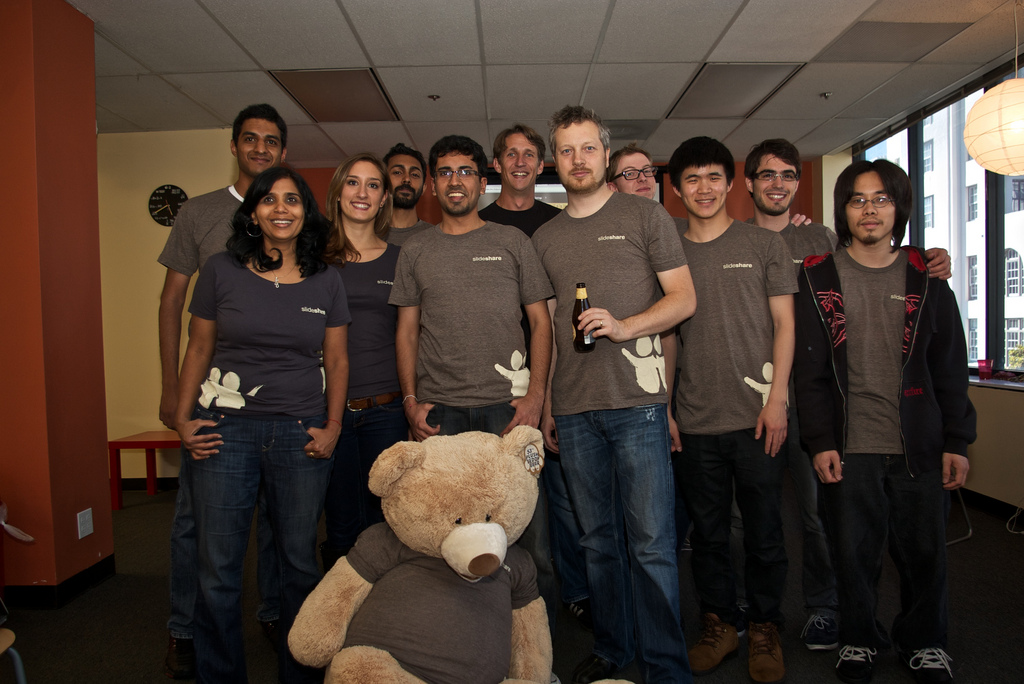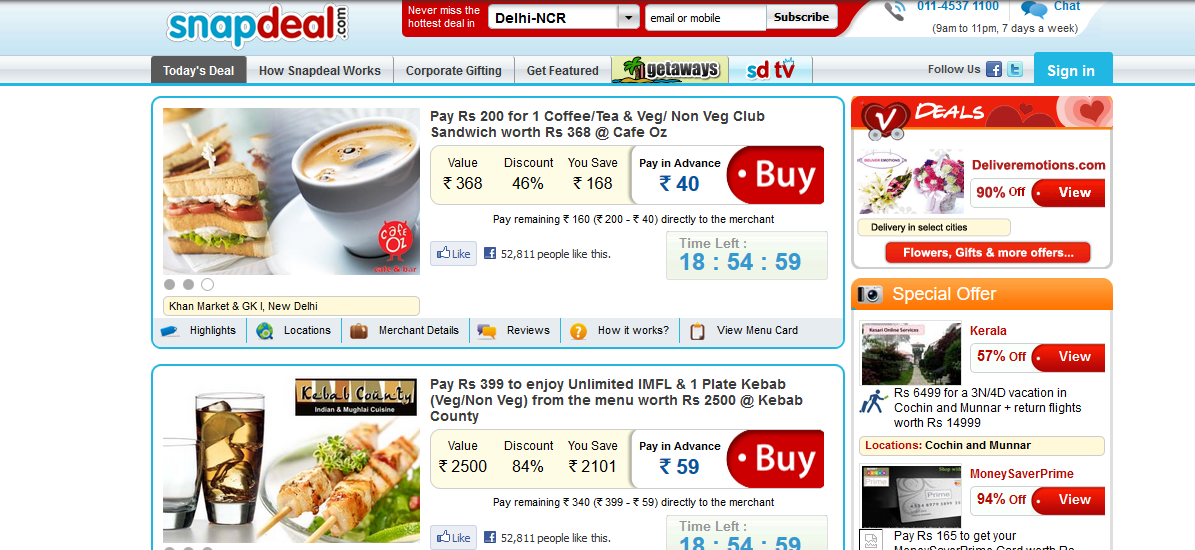SlideShare Story: How a barcamp idea turned into 119 million dollar business
In 2003 Rashmi Sinha a Lecturer at university of Berkeley quit her job to start the entrepreneurial journey. She was later joined by her husband Jonathan Boutelle and brother Amit Ranjan do something together. These are the people who later co-founded presentation sharing platform, SlideShare.
They started a “user experience and usability research tool” called “mind canvas” in 2004. Later they thought of developing it as an online product. Mind Canvas was started from a 240 square feet small office in Delhi, India. After two years of product development the B2B software was launched in 2005. Though the product got good traction, the only problem was scale. Product was such that it could not scale with technology. It required more and more people to scale.
In 2006 mind canvas organized first “barcamp” in Delhi. After barcamp event speakers wanted to share the videos, pictures and presentation with audience. While the problem to share event videos and pictures was taken care by YouTube and Flickr, there was no other option than email to share presentations. This is when Jon, Rashmi and Amit thought about a platform to share presentations.
They started working on the project and after 6 months of development, “Slideshare” was launched in Oct 2006. It was a platform for the professionals to share their presentation online that included PowerPoint & Pdf files. It attracted people the moment it went online. Within first few weeks of launching they could see many people uploading their slides.
People wanted to share their presentation with world and Slideshare provided them with the platform to do so. Many big companies and organizations like IBM, White House also started using the platform to share their presentations online. They kept innovating and upgrading feature like sharing videos, podcasts etc.
With features like commenting, tagging and rating SlideShare turned into rich community of people sharing and discussing presentations. Site soon grew to 30 million monthly visitors and 7.4 million presentations. After 2 years SlideShare got $3 million in first round of funding from Angel investors and Venrock. SlideShare never lost focus and vision to make it an easy to use presentation sharing tool. SlideShare always focused and listened to end user feedback. They engaged with presentation professionals and offered them tools like Analytics, Lead capturing. Though many other products like authorSTREAM, Scribd & DocStoc with more features were introduced, yet SideShare backed by solid engineering team and presentation professionals continued to grow. SlideShare also created a great culture inside the organization. Employees were given stock options and other perks to make them part of SlideShare’s growth story.
When LinkedIn launched their Apps platform, SlideShare was among few companies like Google, WordPress, Amazon to build and integrate their app in LinkedIn. This relationship grew stronger and in 2012 SlideShare was acquired by the biggest professional network LinkedIn for $119 million. Along with founders many employees got rewarded for their hard work and fruitful efforts. Post acquisition, SlideShare is integral part of LinkedIn.
More and more people and companies use LinkedIn Slideshare to get more branding and business leads. As per one study the presentation sharing website generates 500% more traffic from business owners than Facebook & Twitter. SlideShare is today part of every marketing or SEO strategy.
Video Credit:NextBigWhat

Dhaval Nagare is an electrical engineer, a humourist, an impressionist and also likes writing. His writing include all sorts of topics and mostly he writes to inspire and motivate people. You can also catch him on facebook https://www.facebook.com/dhaval.nagare





